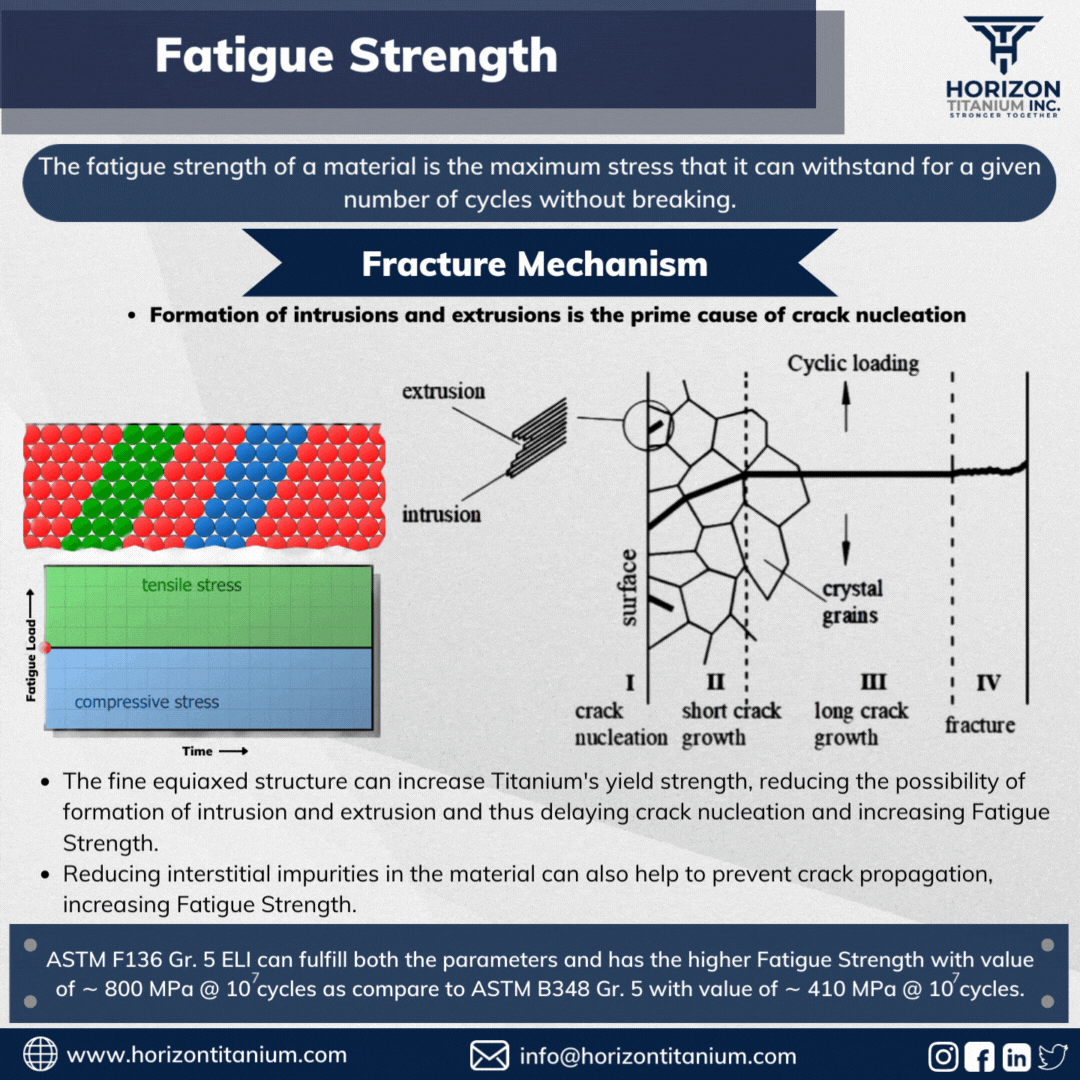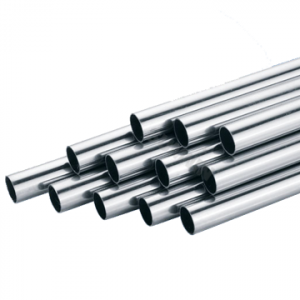One of the most important properties of Titanium implants is Fatigue Strength.
No material surface is perfectly smooth and flat under the microscope, but it does have roughness and the smallest cracks or other inclusions. Under cyclic loading, such roughnesses act as small notches on which yielding occurs locally causing microplastic deformations (intrusions and extrusions) as well as crack nucleation (stage I).
The next stage of the fatigue process is crack growth, which can be short (stage II) or long (stage III). Crack nucleation and short crack growth (stages I and II) are referred to as crack propagation because they occur across a few grains in the plane of maximum stress.
As the crack propagation progresses, the load-bearing cross-section decreases. The tensile strength is exceeded in the remaining cross-section and the component finally fractures (stage IV).
For the above reasons, it is necessary to use ASTM F136 standard Ti-6Al-4V ELI (Gr.23) raw materials for medical implant production, which have almost double the fatigue life compared to ASTM B348 standard Ti-6Al-4V.









